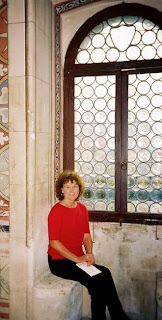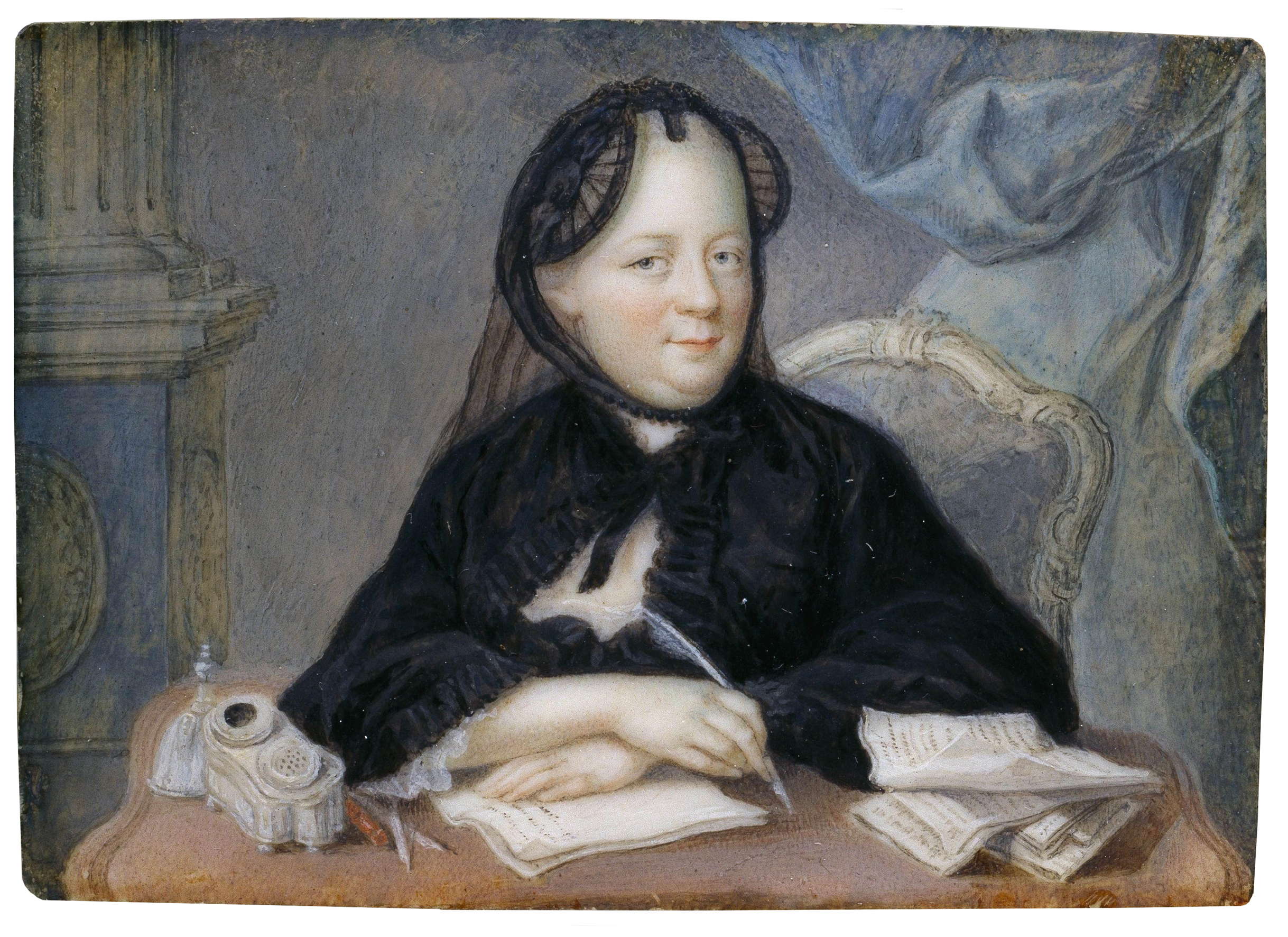I am a lover of Venice and so when I heard about this book,
I jumped on the opportunity to read and review it- I’m so glad I did! The Eyes of Venice takes place in the 16th c
magic and splendor of this sublime place- but also sails us through the slums,
danger and poverty that was a horrid reality back then.
The life of two newlyweds, Matteo and Bianca is suddenly
severed when Matteo is wrongly accused and persecuted. Their life turns into a tumultuous series of
dramatic events that kept me hooked until the very end. Matteo is subjected to years of life at sea,
on galleys where he is treated no better than a slave. Sailing from one port to another, with the
sole goal of redeeming his name and returning to his love; Matteo sees
brutality at its worst. From Venice to
the Ottoman Empire and back, his escapade is filled with hardship, resiliency
and tenacity.
Left alone to fend for herself, Bianca’s life is no better-
if ever, it often felt as though she suffered an even worse fate. Poor to the core, her only legitimate options
were limited to the hard life of laundress, beggar and servant. Bianca lives from day to day in the constant
risk of dying from illness, starvation and the bitter, damp cold. Venice at its ugliest brought infestation,
disease, dirt, vulgarity and violence- danger lurked everywhere. As well, anything could happen under the
siege of ruthless employers; without any recourse.
Fortunately, throughout, Bianca’s sense of
integrity and hope to reunite with Matteo gave her the strength to live. A glimmer of hope finally shines her way when
she is hired by a highly ranked patrician noble woman…
This book is a true gem. It grabbed me immediately-
especially Bianca’s side of the story.
Barbero brilliantly transports us through this odyssey of sorts. I also applaud the translator, Gregory Conti,
who did a terrific job in bringing true essence of the meaning to light up this
story effectively.
The Eyes of Venice will transport you to a place and time
like there is no other. I was completely
swept away by this!
This review published in the February 2013 edition of HISTORICAL NOVELS REVIEW.

 .
.



















































